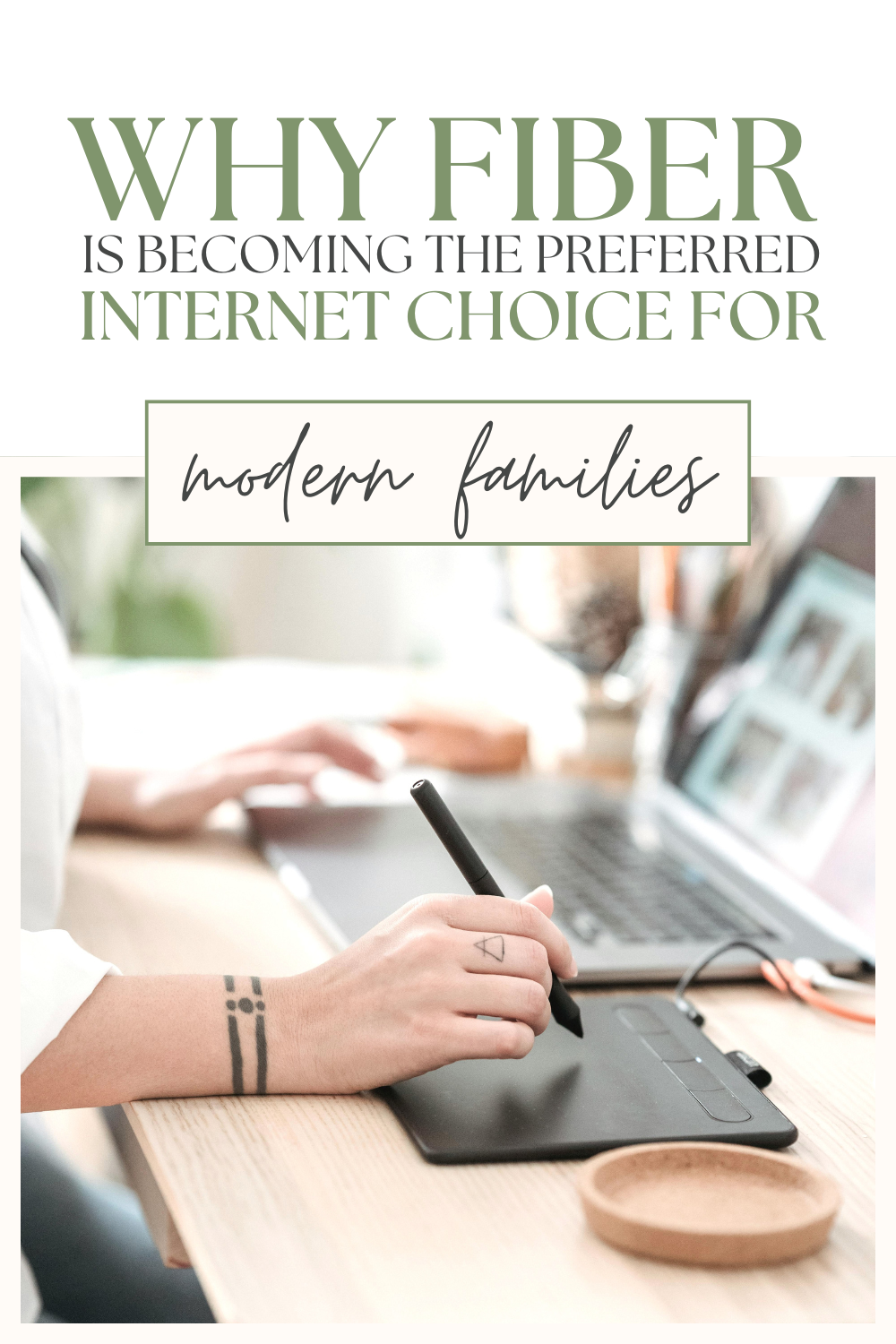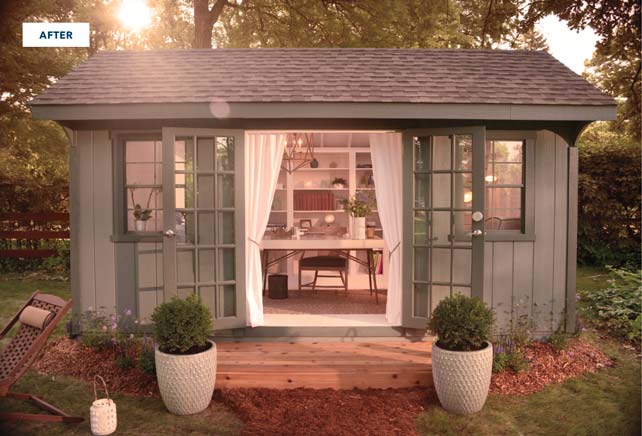Why Fiber Is Becoming the Preferred Internet Choice for Modern Families

Why Fiber Is Becoming the Preferred Internet Choice for Modern Families
If your home depends on the internet for most daily tasks, you already know how frustrating traditional broadband can be.
It slows down when more devices come online, drops quality during important calls, and struggles to keep up with streaming or schoolwork.
These delays build up and make even simple routines feel exhausting.
The positive news is that fiber internet is now a dependable answer to these problems. It delivers stable performance for many activities happening at once and supports a home full of connected devices.
It is also kinder on the budget and provides safer handling of personal information. Sounds almost unbelievable, right? But the difference is real.
This article will walk you through the reasons in a clear way, helping you understand why so many families are choosing fiber.
More Reliable for Entertainment and Daily Routines
Entertainment has become a steady part of home life. Families switch between movie nights, music streaming, online games, and cloud backups without pausing to think about how much these activities demand from the internet.
Older broadband networks often slow down during busy hours, which interrupts routines and creates small frustrations that build up over time.
Fiber helps reduce these disruptions by giving every device more room to work.
Its high bandwidth and faster speeds allow entertainment and everyday online tasks to run together without competing for quality. This shows up in simple ways, like:
- Cleaner video quality in 4K or even 8K
- Smoother video call sessions with minimal lag
- Quicker downloads for episodes, movies, and large files
- More dependable music streaming across different rooms
These smoother moments make daily life feel easier. Whether a child is joining an online class or the family is settling in for a movie night, nobody needs to pause or wait for the internet to catch up.
Better Value
Families often want internet that feels dependable without stretching the monthly budget. Fiber tends to meet that balance because many providers offer multiple speed options rather than a single one-size plan.
This helps households choose something that matches their daily habits instead of paying for features they do not need.
You can look at Frontier, a well-known fiber optic internet provider, as an example. They offer a clear set of speed tiers that match different types of households. Common options include:
- Around 200 Mbps, enough for casual streaming and browsing
- Around 500 Mbps, helpful for homes with mixed devices and active users
- Gigabit options, made for households with gamers, remote workers, or heavy streamers
This kind of variety gives you enough room to choose based on your home’s real usage instead of paying for much more than necessary.
Another reason fiber feels like a better value is the lack of surprise charges. Many fiber providers remove data caps entirely, which means there are no overage fees at the end of the month.
You can stream movies, upload photos, download school assignments, and run cloud backups without worrying about a limit.
Another small but meaningful perk is that some providers include the router during installation at no added cost.
This simplifies the setup and keeps families from buying equipment they may not need.
Built for Security and Privacy at Home
Online safety has become one of the biggest concerns for modern households. So much of daily life now happens through a screen.
Banking apps, virtual doctor visits, online shopping, school platforms, and private conversations all depend on a connection that feels stable and protected.
Traditional broadband often struggles here because it drops more easily, and its copper lines are simpler for intruders to tap into.
Fiber works differently. Its design makes it significantly harder for intruders to access, and its resistance to electrical interference helps keep the signal steady during important moments.
This creates a more controlled digital environment, something families value when handling personal data or financial details.
You can see this sense of safety across almost every connected device in a typical home, such as:
- Smartphones used for banking apps or private chats
- Security cameras that protect entryways
- Smart locks that manage access to the home
This sense of safety brings comfort, especially in homes with children or older family members who rely on digital services.
Weather-Resistant Performance
Unpredictable weather can disrupt older networks, especially those affected by heat, humidity, or electrical interference.
Fiber lines handle these conditions much better because they transmit data through light rather than electricity. This makes them less reactive to temperature changes and environmental shifts.
For many families, this matters more than they realize. Remote work, online classes, virtual tutoring, telehealth visits, and even daily streaming all depend on a connection that stays consistent.
A sudden storm or heat wave can easily interrupt copper-based networks, leaving the home without access at the worst possible time.
This steady performance gives families a sense of calm, knowing their routines stay predictable even when the forecast does not.
You May Also Like:
- 4 Tech Upgrades That Can Save You Money
- How Smart Technology is Transforming Homes
- Embracing Digitalization in Celebratory Traditions
Wrapping Up
Fiber is gaining popularity for many reasons. It keeps work and learning smooth, strengthens entertainment routines, and adds layers of stability and security that older connections struggle to match.
With predictable pricing and dependable performance, it becomes a strong fit for modern households.
What is your preferred internet choice?
Let me know!
—Jennifer
PIN FOR LATER:
I am a girl from the UK with a lot of thoughts. I left the rat race of the corporate and marketing world to be my own boss. I write about life, finances, home design, fashion, and more. Hoping to inspire people every day. I’m a writer, a reader, and an old soul.







